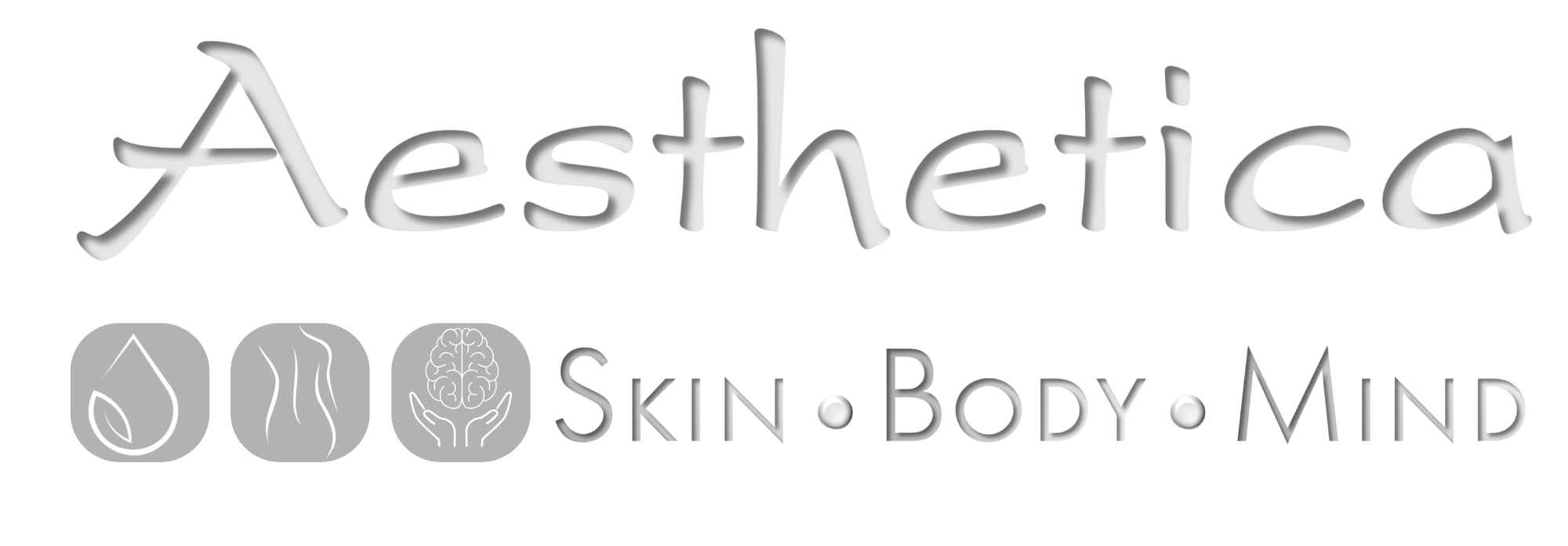Carbon dioxide (CO2) therapy, also known as carboxytherapy, is the subcutaneous administration of medical CO2 for therapeutic purposes. The technique originated in France in 1932. The treatment was carried out through the skin by heated carbonated water baths or the application of water-saturated CO2 directly to patients’ skin. The technique was used for arteriopathy and ulcer treatments. Today CO2 is infused directly into the subcutaneous tissue, which ensures faster and better results. At Aesthetica Skin Centre, Carboxytherapy is successfully used for skin tightening, especially after weight loss. Also, succeeding studies described the effectiveness of carboxytherapy treatment and demonstrated measurable reductions in the treated area’s circumference regions and showed evidence of its lipolytic effects. These studies further found an increase in collagen remodelling. The controlled infusion of CO2 increases circulation, which therefore treats cellulite especially, the buttocks and thighs. In particular, carboxytherapy is used to treat dark under-eye circles, stretch-marks, scars, cellulite reduction, and non-surgical fat sculpting on the face and the body.
References:
Nach, R., Zandifar, H., Gupta, R., Hamilton, J.S. (2010). Subcutaneous carboxytherapy injection for aesthetic improvement of scars. Head and Neck Institute, 89,(2), 64-66. https://journals.sagepub.com/doi/full/10.1177/014556131008900204
Georgia, S.K., Lee, K. (2016). Quality survey on efficacy of carboxytherapy for localised lipolysis. Journal of Cosmetic Dermatology, 15, 484-492. https://onlinelibrary.wiley.com/doi/pdf/10.1111/jocd.12242
Pianez et al. (2015). Effectiveness of carboxytherapy in the treatment of cellulite in healthy women: A pilot study. Cosmetic and Investigational Dermatology, 9, 183-190. https://www.dovepress.com/effectiveness-of-carboxytherapy-in-the-treatment-of-cellulite-in-healt-peer-reviewed-fulltext-article-CCID
Collections: Body Procedures, Slimming
Category: Cellulite, Collagen Boosting, Skin Firming, Skin Tightening Procedure, Slimming
